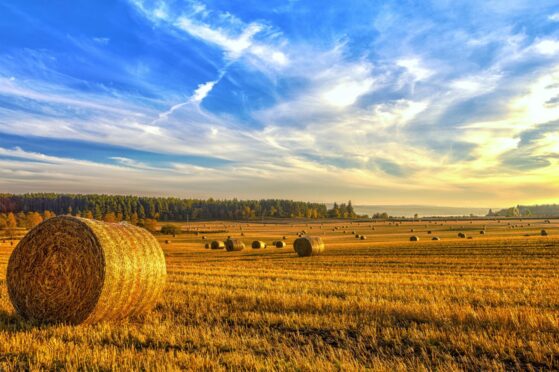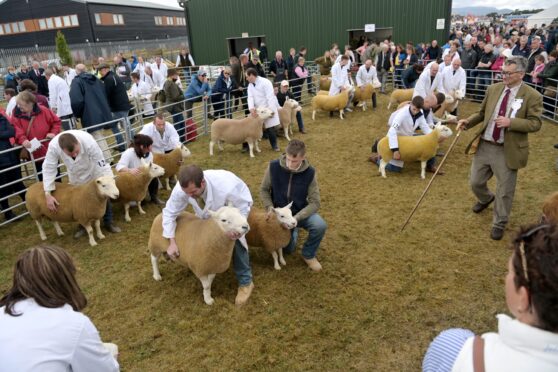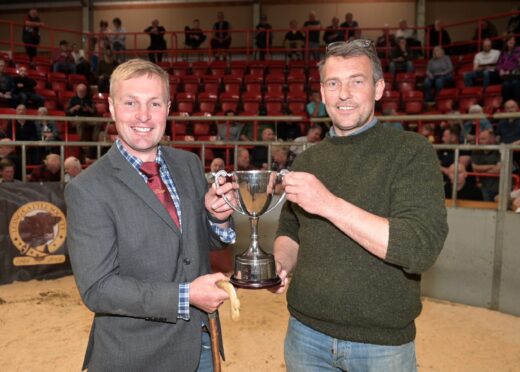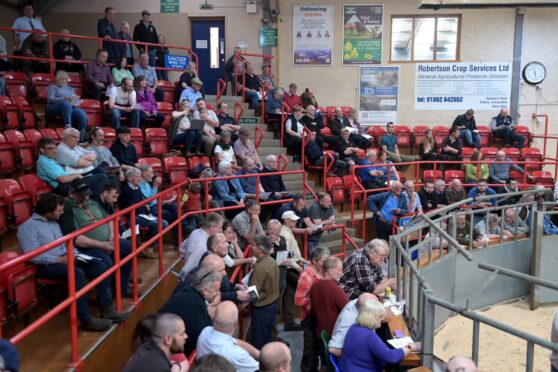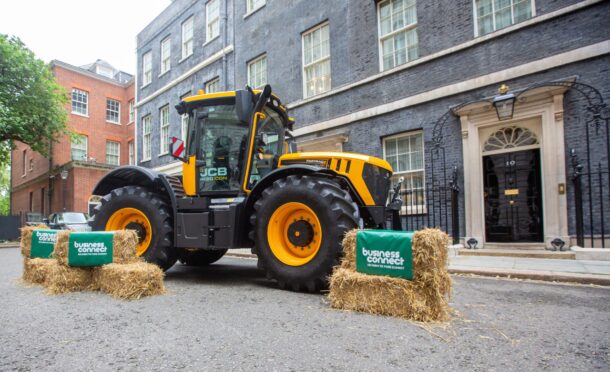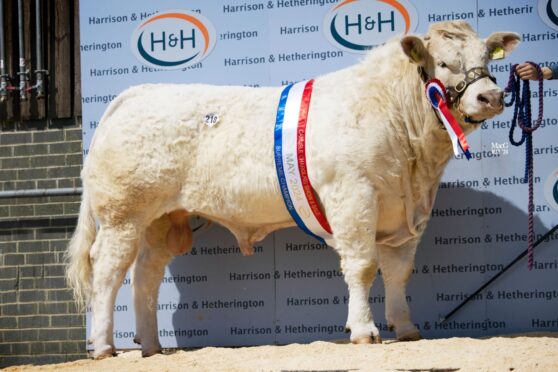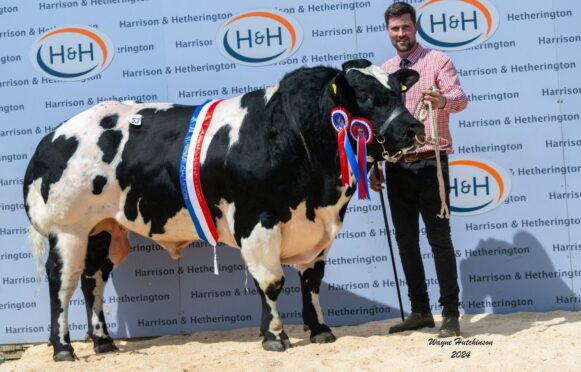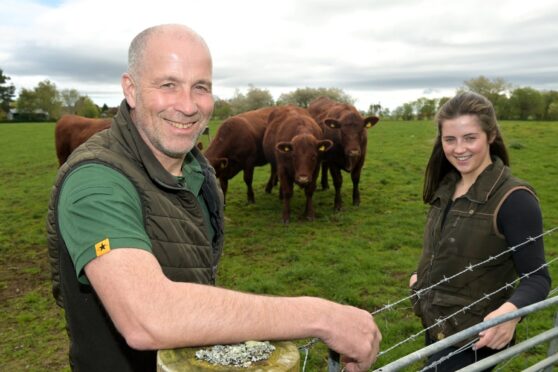Last month the Scottish Government published its Agricultural Reform Route Map. It set out timescales for the transitional period away from the EU Common Agricultural Policy (CAP) to a new form of support.
-
Some Press and Journal online content is funded by outside parties. The revenue from this helps to sustain our independent news gathering. You will always know if you are reading paid-for material as it will be clearly labelled as “Partnership” on the site and on social media channels.
This can take two different forms.
“Presented by”
This means the content has been paid for and produced by the named advertiser.
“In partnership with”
This means the content has been paid for and approved by the named advertiser but written and edited by our own commercial content team.
The Route Map follows on from Proposals on the Agriculture Bill which aim to build on the Scottish Government’s Vision for Agriculture.
The need for reform is undebatable after our departure from the EU. Much of the Government’s aims are also laudable and necessary. Farming will be at the forefront of the drive to Net Zero and recent supply issues have highlighted the need for locally produced food. But some aspects of the Vision – over sustainability and the availability of quality local produce – could be incompatible.
As Ellen Eunson, an expert in agricultural law at Shepherd and Wedderburn, says: “If you’re farming intensively to produce quantity, then you’re maybe compromising on quality and welfare, and if you’re farming in a very environmentally friendly way, you’re probably restricted in the amount you can produce. So it’s with the best intentions but it’s quite a big ask in terms of that.”
She continues: “Reform is needed because CAP was at a European level. So it’s a result of Brexit and we’ve had to come up with our own national system.”
There is, however, a need for greater clarity with the 2025 launch date for the transition getting ever closer. Further details are required on the conditions to apply to future payments, and the level and timing of such payments.
So what do we know so far?
The timetable for CAP Reform
The transition will affect four main areas of support. They are the Basic Payment Scheme, Voluntary Coupled Support, Less Favoured Area Support and the Agri Environmental and Climate Scheme. They will change as follows:
- Basic Payment Scheme: New conditions will be attached for farmers to meet essential standards in 2025. The scheme will then be phased out in 2026 and replaced with Tier 1 (Base) and Tier 2 (Enhanced) support.
- Voluntary Coupled Support: New conditions on essential standards in 2025 with consideration still being given to how the funds will be delivered after that.
- Less Favoured Area Support: Expected to continue but consideration being given to how it will be delivered.
- Agri Environmental and Climate Scheme: Expected to continue until 2026 to deliver Tier 3 (Elective) and Tier 4 (Complementary) support. Then new Elective and Complementary support launched in 2027.
What can you do about CAP reform?
The level of detail that is still not known makes forward planning difficult. For instance, we know support will be conditional upon farmers meeting “essential standards”, but we don’t know what exactly those are. Also, illustrations in the Route Map on future measures are “illustrative only and subject to change as more information becomes available”.
While we are looking at a three-year transitional period (at least), the way the various support elements are to be phased in means that farmers will have rather short notice of the conditions and payment details ahead of implementation.
What support is available now?
For those hoping to make their operations more sustainable ahead of the transition there is some support available. The Preparing for Sustainable Farming scheme aims to help businesses lower emissions, increase efficiencies and plan for the future. It allows farmers to claim costs for carbon audits (£500) and Soil Sampling (up to £600 per 100 hectares of Region 1 land). You can also claim a £250 Development Plan payment along with the first Soil Sampling Claim.
Support is also available with a grant of up to £1,250 for animal health and welfare measures, and also from AECS and FGS, Peatland Action, and the Nature Restoration Fund.
The help you need over CAP reform
A lot will be happening in the coming months. That starts with the Scottish Government releasing information on conditions for BPS and VCS in 2025 between April and June.
It’s important for everyone in the farming community to keep up to date on reform.
Shepherd and Wedderburn are experts in agricultural law and have been monitoring the Scottish Government’s plans closely. They have launched a website which which will carry regular updates on CAP reform. They also have a mailing list to keep farmers abreast of developments.
